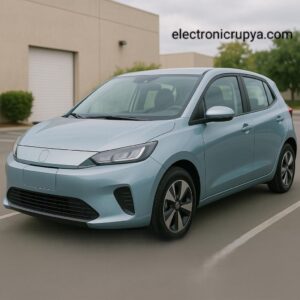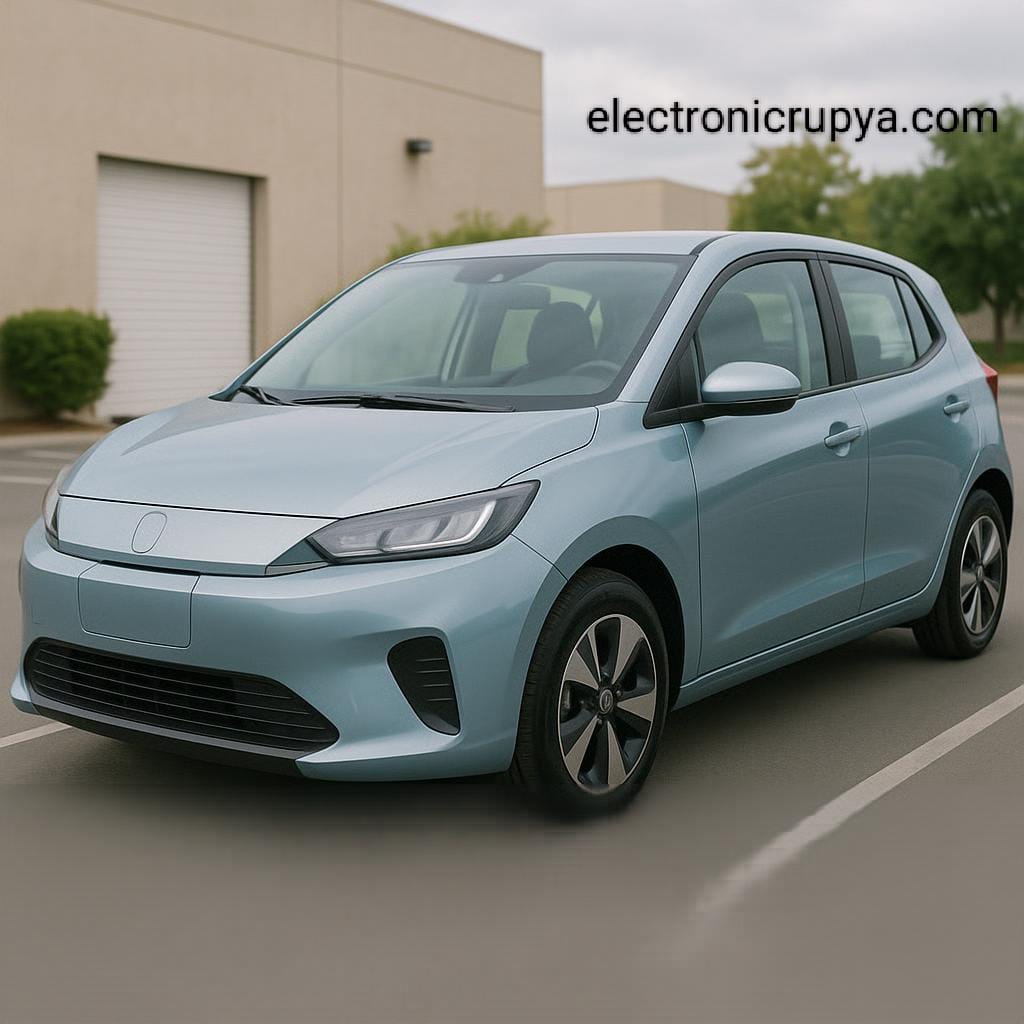Introduction

Affordable EVs, Electric vehicles, or EVs, are becoming more popular in India, especially as people start thinking more seriously about the environment and fuel prices. For young people like us, the idea of using a vehicle that doesn’t pollute the air sounds cool and responsible. But there’s one big problem—EVs are still expensive for most Indian families. Buying an electric scooter or car might sound like a great idea, but when people check the price, they often step back. That’s why many companies and the government are now trying to find smart and affordable solutions to make EVs more accessible to everyone.
Low Cost Batteries
In the beginning, EVs were mainly bought by rich people or big businesses. They were seen as premium vehicles, something fancy that only a few could afford. The main reason for this was the cost of the battery, which is the most important and most expensive part of an EV. Luckily, in the last few years, technology has improved a lot. The cost of batteries is going down slowly, and many Indian companies are working on developing cheaper and more efficient batteries. This is a big step because if the battery becomes cheaper, the whole EV will cost less.
FAME
The government has also stepped in to help make EVs more affordable. One of the most important initiatives is the FAME scheme (Faster Adoption and Manufacturing of Hybrid and Electric Vehicles). Under this scheme, the government gives discounts or subsidies to people who buy electric vehicles.
This reduces the price of the vehicle at the time of purchase, which is super helpful, especially for students, young professionals, and middle-class families. Apart from this, in many states, EV buyers don’t have to pay road tax or registration fees, which saves even more money.
Another thing that stops people from buying EVs is the fear of not finding a charging station. No one wants to get stuck on the road with a dead battery. To fix this problem, the government and private companies are building more charging stations in cities, towns, and even on highways.
These efforts are making it easier for people to travel without worrying about where they’ll charge their vehicle. Also, with mobile apps showing the nearest charging points, using an EV is becoming more practical and user-friendly for young users like us.
Affordable models
Startups and big automobile companies are also coming up with new and affordable models that suit Indian roads and budgets. Brands like Tata, Ola Electric, Ather, and Hero Electric are offering electric scooters and cars at lower prices. Some of them are even targeting students and delivery workers by offering lightweight, low-cost electric two-wheelers. These vehicles are easy to ride, need less maintenance, and are perfect for daily use in crowded Indian cities.
Another interesting innovation is battery swapping. Instead of waiting for your vehicle to charge, you can simply swap your empty battery with a fully charged one at a station. This saves time and is very useful for delivery workers and cab drivers who are always on the move. Some companies have already started offering this service in metro cities, and it’s expected to grow in the future. This idea could also help bring down the cost of EVs because the battery (the costliest part) can be rented instead of bought.
Finance options are also improving. Just like people buy petrol vehicles on EMI, many banks and NBFCs are now offering loans for electric vehicles. Some companies are even offering subscription models where you pay a monthly fee and use the EV without owning it. This is a cool idea for students or young professionals who want to try out an EV before fully committing.
In schools and colleges, awareness about EVs is also increasing. More and more young people are learning about climate change, sustainability, and the importance of reducing pollution. EVs fit perfectly into this lifestyle.
Many students today want to make eco-friendly choices, and if EVs become affordable, they could become the first choice for this generation To make EVs truly affordable for every Indian, especially for young people and those living in smaller towns, a few more things still need to be improved. Charging stations need to reach rural areas, battery technology needs to improve even further, and second-hand EV markets need to grow. But looking at the way things are going, the future of electric vehicles in India looks promising.
conclusion
In conclusion, electric vehicles are no longer just a dream for the rich. Thanks to government support, better technology, and creative ideas from companies, EVs are slowly becoming cheaper and easier to use. For young Indians, this means a cleaner, smarter, and more budget-friendly way to travel. If this trend continues, we might soon see EVs becoming as common as petrol bikes and cars on our roads. And for our generation, that’s a big step towards a better and greener future.






